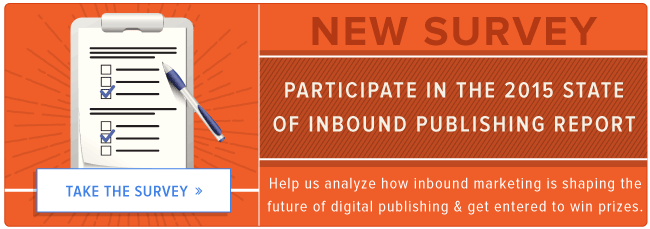
Analysts may go back and forth between whether or not the purchase of AOL by Verizon was a good move or not, but there’s one thing just about every one of them agrees upon – data played a major role in the deal.
This and similar deals point to the significance of combining large advertising networks with powerful data gathering and analysis capabilities to create a “one-stop-shop for marketers seeking to buy digital ads across television, the web and mobile”.
This is partially achieved by shifting from the model of “renting” user data and going through one (or often times more!) third party ad network to a model where that user data is “owned”.
Why own in the first place?
The benefits of owning anything in your marketing program are numerous, but two primary reasons to owning user data are control and consolidation.
It goes without saying that having more control over user data allows you have more control over ads themselves. Put another way, if you’re theoretically controlling the ads, shouldn’t you also be in control of the data that those ads are using in order to make the best use of your marketing spend?
Managing the process, having full visibility into user behavior, and having deeper analytical insight into content placement makes targeting and associated calls-to-action a lot more effective.
Controlling the actual placement of your ads or sponsored content isn’t just about being able to have hands-on management of the entire process either. It can also be leveraged as a point of differentiation from your competitors – especially if they’re still renting their user data. Being able to collect and analyze that data internally keeps all insights and action-items therefore internal.
As for consolidation, having all of your user data within one system, under one roof, means that your data is more highly integrated than if you were pulling off of three different third-party ad networks, or – worse yet – simply sending your ad requests through three different third-party networks with little input as to what comes out on the other end.
With ownership of the complete data set, this process becomes simpler. If, for instance, you’re able to combine the data from one user’s site interactions and content interactions, you’ve got a built in ability to send them highly targeted emails.
Both of these benefits help create a powerful data machine as part of your marketing process, which allows you do things like site optimization, remarketing or retargeting or behavior analysis a lot better, and get you closer to a higher conversion rate optimization (CRO) overall.
How can you implement?
A great direction to go in, but while many of the big companies can realistically own their ad technology and user data, most smaller players using those technologies or other third party services are still just “renting” that information. Often times they’re piecing together sets of data from across several different networks, and the resulting process is either inefficient, clunky or misses out on several key opportunities that centralized, owned data can maximize on.
While you may not have the large and powerful resources that companies like Verizon or Time Warner do, it doesn’t mean you can’t benefit from shifting towards user data ownership in your own marketing programs to better your sponsored content campaigns.
Here are a few ways to think about this:
- Effective user conversion on your site. By having a process in place to gather information such as demographics, referral source, search activity, content engagement and on-site behavior, you can start creating owned data sets that allow you to better understand your users.
- Analyze deeper. Making sure your in-house resources around data analysis are equally as powerful as your data gathering resources will be essential to identify how to put that data to good use. This is especially valuable in a closed-loop marketing processes by being able to associate ads with specific contacts, and therefore understand the impact on ROI down the road.
- Use of data to provide tailored content. With this data and insight on user behavior, your ability to provide more relevant and targeted sponsored content campaigns to your advertisers will increase. For instance, if a user or set of users takes a particular browsing pathway or looks at a certain category of site content, you could serve them a sponsored ebook that’s different than one associated with users making another set of site actions.
- Provide lasting value. As you continue to grow this list of users and increase your ability to effectively target sponsored content, this owned data becomes a huge value-add for your partners as they turn to you as an ad network.
By shifting from renting user data to owning that data, you’ll have a more controlled and streamlined publishing program that allows you to make stronger connections between sponsored content and your audience. With the added value to your advertisers of higher targeting capabilities and to your users of more relevant content matches, you’re that much closer to conversions and ROI.
![]()







